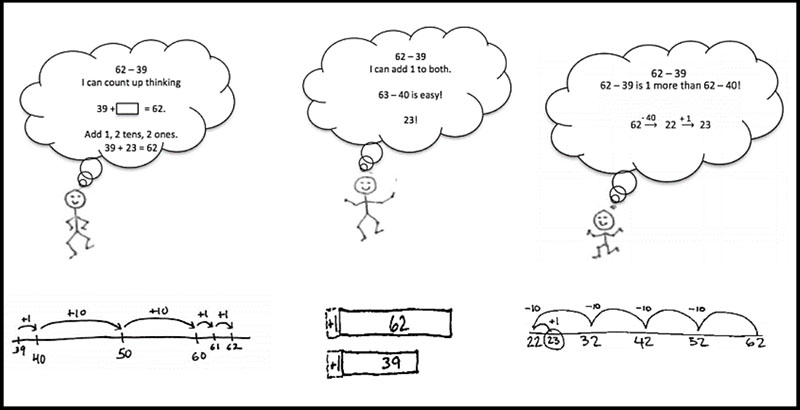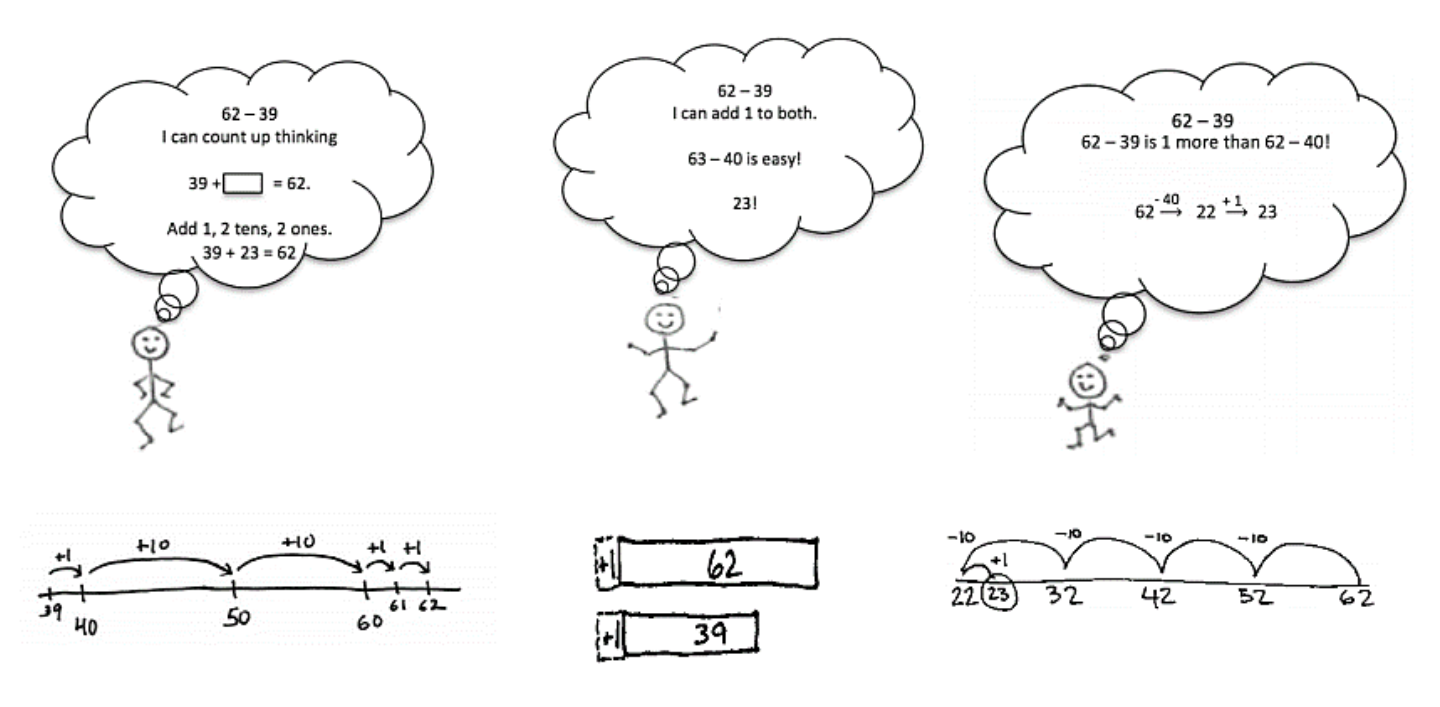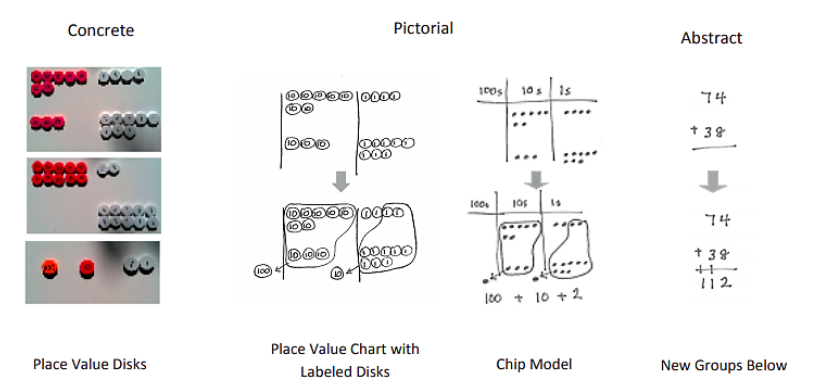Munson: Are the Math Lessons Your Kids Are Doing at Home Good Enough? Here Are Some Things for Parents to Look For

For parents, the current school closures are requiring us to step in and support our children in new ways. It’s hard. I know. I’m a mom to two school-age kids and find myself balancing work while playing school information technology specialist, phys ed teacher, guidance counselor and homework enforcer.
But it’s also a rare opportunity to take a close look at the curriculum schools are using. Too often, schools select curricular resources without explaining to parents why they’re choosing those resources or explaining how they’re being used. Now is a great time to pull back the curtain and examine the resources coming home, analyze whether they’re setting your children up for success and, if not, ask school leaders why.
For math particularly, I know this comes with some special challenges. For many adults, math creates unusually high levels of anxiety, aversion and avoidance. Most of us weren’t taught it well, and many schools today use more research-based approaches that are unfamiliar to parents.
Still, you are your child’s first teacher. And with a few suggestions for what to look for, you can assess whether your child’s math curriculum is helping build the skills needed to solve problems quickly and efficiently and gain a deep understanding of important concepts.
Multiple methods
Consider the problem 62-39. It’s one you might see in second grade, when students are developing a conceptual understanding of addition and subtraction of multi-digit numbers, using strategies based around place value and other important topics. Developing a deep understanding of math concepts helps students see why a particular way of solving a problem works and gives them the flexibility to use various methods of approaching it. Here are some examples of student thinking.

Teaching students different methods for solving problems helps them deepen their understanding of key concepts, like place value, and helps ensure that they have a variety of tools at their disposal if they become stuck when approaching a math problem.
From concrete to pictorial to abstract
For younger children, a strong math curriculum will most likely use concrete objects to help teach important concepts. So don’t be surprised if your child’s teacher asks your son or daughter to find beads or coins around the house to help them work with numbers, units and place value. A strong curriculum moves students from working with concrete items to encouraging them to use and draw math models to solve problems, sometimes referred to as a pictorial approach.
The use of objects such as beads or discs and drawings allows younger students to see numbers in terms of place value units and serves as a reminder that they must add like units (e.g., knowing that 74 + 38 is 7 tens + 3 tens and 4 ones + 8 ones).

Research shows that working back and forth between visual models and more abstract math procedures helps students make sense of concepts. Eventually, most students will end up solving problems using the standard steps rather than taking time with a drawing or visual model. But when they do, they will understand why they follow those steps.
Math talk
Great math classes aren’t quiet places. Teachers who lead them know that having rich conversations around math ideas, math terms and problem-solving is essential. So if your child is engaged in a live remote math lesson, a teacher should be checking for understanding by asking students to explain their work. Or the teacher might ask your child to have a conversation with you about the lesson.
Math talk deepens knowledge, as does building a robust math vocabulary. A good curriculum will ensure that students understand math terms like “composing” (putting together 10 ones to regroup as 10) and “decomposing” (breaking apart a 10 as 10 ones to subtract) and use them in conversation. So look for lessons that emphasize math vocabulary, and talk to your child about math terms and see whether he or she really understands what they mean. For help, here’s a free parent resource that includes vocabulary terms.
Mistakes are OK
It’s also a good idea to talk about mistakes students make when doing math. Great teachers celebrate the usefulness of mistakes and often highlight common errors and break them down to figure out where problems lie. Talk to your child about the role of mistakes in the learning process.
It’s fun for kids when math instruction includes real-life scenarios. So when kids are in school, a teacher might ask the class to work together to design and build a cubby system to store all their backpacks. Given the homebound situation we’re in, consider weaving math into planning a home vegetable garden or crafting a meal plan for the week.
That kind of creative thinking and problem-solving is inspiring and shows how math can be engaging for students. As you look at ways to determine if your children are getting the math instruction they need and deserve, looking at whether they’re having some fun is always a good idea, too.
Lynne Munson is the CEO and founder of Great Minds PBC, a public benefit corporation and a wholly owned subsidiary of Great Minds, a nonprofit organization. Great Minds provides curricula to schools and districts nationwide and is offering the Knowledge on the Go series for those managing distant learning amid the current school closures. It is the developer of Wit & Wisdom, Eureka Math, and PhD Science.
Get stories like these delivered straight to your inbox. Sign up for The 74 Newsletter

;)